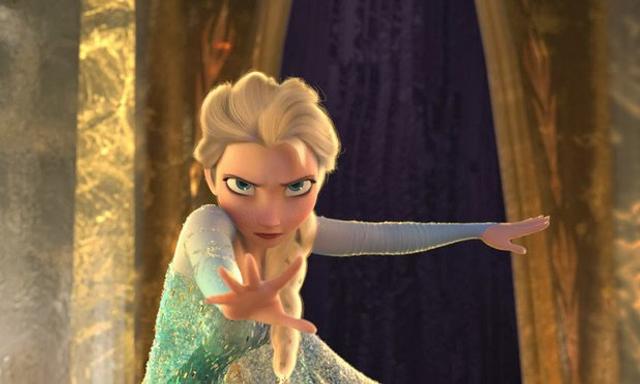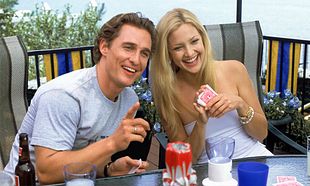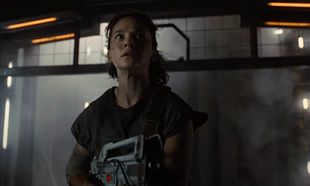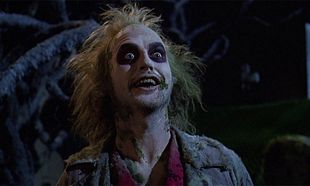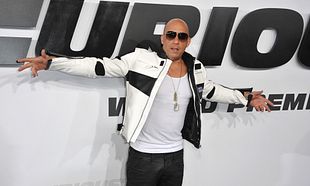After you read this, you may not be able to Let It Go.
Frozen originally had a totally different ending which was more motivated by action than emotion, and more in keeping with its source material of Hans Christian Andersen’s The Snow Queen.
EW reports that producer Peter Del Vecho revealed how the original characterisation of Elsa – which portrayed her as the villain of the story – affected the film’s final act.
Anna and Elsa were originally not sisters and were not even royal *cue horrified gasps*. Elsa was pure evil while Anna was the innocent heroine. Elsa is a scorned woman, having been stood up at the altar on her wedding day. She freezes her own heart so she can never love again.

However, some elements of Frozen have been there since the early drafts. This included the prophecy that “a ruler with a frozen heart will bring destruction to the kingdom of Arendelle.” The audience is led to assume that Elsa is the one who the prophecy is referring to.
Then, in the final act, Elsa creates an army of snow monsters to attack our heroes. While Kristoff is coming to help Anna, the deceptive Hans (yep, he’s still an a**hole) triggers a massive avalanche to stop Elsa’s army, even though it could kill Anna, Elsa and all of Arendelle. Anna realizes Elsa is their only hope, so she convinces her to use her powers to save the kingdom.
The twist is that the prophecy from the beginning is actually not about Elsa, but about Hans — his heart is frozen, as reflected by him being an a**hole. Elsa’s heart is then unfrozen, allowing her to love again.

In fairness, the reasons behind the change of story (or should we say, change of heart?) make a lot of sense. “The problem was that we felt like we had seen it before,” Del Vecho says. “It wasn’t satisfying. We had no emotional connection to Elsa — we didn’t care about her because she had spent the whole movie being the villain. We weren’t drawn in. The characters weren’t relatable.”
Apparently, making Anna and Elsa sisters was a key to the project.
“Making them related led us to the idea of her living in fear of her powers,” Del Vecho continues. “What if she’s afraid of who she is? And afraid of hurting the ones she loves? Now we had a character in Anna who was all about love and Elsa who was all about fear. That led to making Elsa a much more dimensional sympathetic character, and instead of the traditional good vs. evil theme we had one that we felt was more relatable: Love vs. fear, and the premise of the movie became that love is stronger than fear.”
